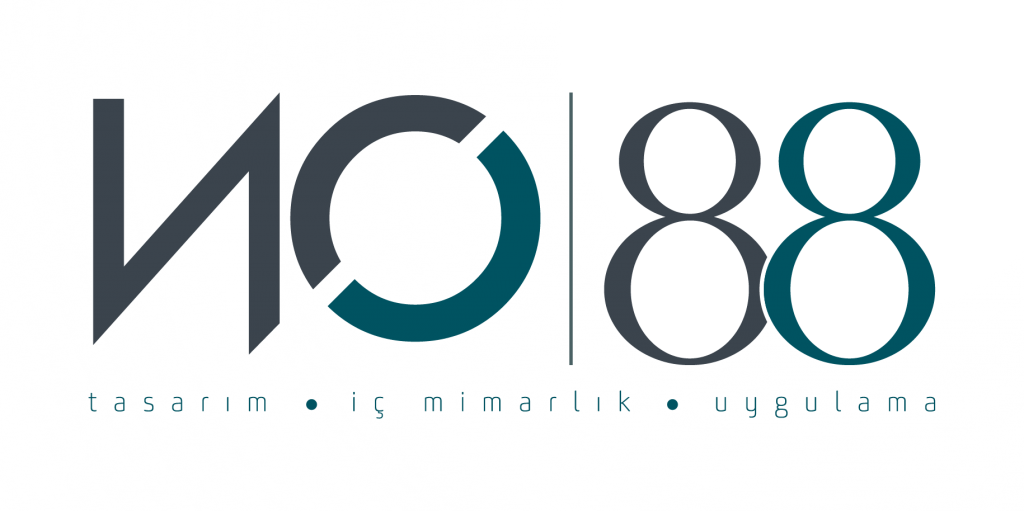5 // COLOR
Color is one of the most important sciences for interior designers. Capturing the ambiance is one of the most important factors in defining the unity of the space and creating a spatial perception. Color has the ability to change the whole perception of a space.
The right choices are made considering the function of the space. The importance of the choice of color in the space is too great to underestimate. It is the most important influence on human psychology. It can make a narrow space feel more spacious and even add dimension to the space from the widest one.
It is the color that is most affected by natural and artificial lighting. When it comes to our perception change, even the tonnage change of the chosen color between day and night affects the interior. Color is one of the most impressive elements for the interior.
6 // TEXTURE
It is the texture that refers to the tactile surface of an object or coating. His perception on spatial perception is much more than expected when compared to other elements. It is the one that adds dimension to the dimension, its value is unknown. It should be carefully planned and selected, such as color, light and other important elements. It adds depth to the life of the space with the mixing of color and pattern. It is a very effective element that preserves its importance starting from furniture and from accessories to texture.
The texture takes its place in the area designed in two ways; visually and real. Visual texture is perceived by the eye, that is, the texture impression that a person obtains an object using his eyes. They are tangible and perceptible, appealing to both our abilities to see and feel.
The lack of texture in the space brings along uniformity. The role of texture in interior design is enormous. Blending different or similar objects with texture differences affects the interior architectural emphasis and contrast.
7 // PATTERN
Beyond all the architectural components that are important for the interior designer, the pattern is the last element that comes into play in space design but leaves the most impressive marks on the human-space perception. It is included in the interior with wallpaper, carpet, fabric and many different areas. Patterns are included in the interior with many different variations, such as stripes, geometric, pictorial, organic and beyond all.
The most important indicator for the pattern is style. If it is not used in its dosage, the result can be a complete fiasco. Beyond style, its impact on architectural perception is too great to underestimate. With the correct use of the variations it has in itself, it can be felt higher even when it is a low place. It can create a dynamic escape between serenity.
